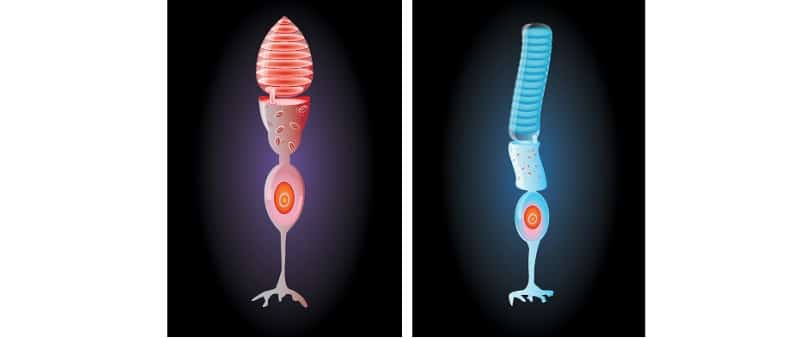New Research Finds Commonality Between Hereditary Eye Disease and Lung Cancer
Wednesday, August 21 2019 | 09 h 43 min | Vision Science
In research published July 2019 in Cell Reports, ophthalmology
researchers Douglas C. Dean, Ph.D, and Wei Wang, MD, Ph.D,
at the University of Louisville described metabolic changes that
result in reduced flow of glucose to photoreceptors. Rods and
cones utilize glucose as the main source of their metabolism and
function. Therefore, the disruption in glucose causes the starvation
and subsequent death of photoreceptors.
The researchers discovered that the disrupted glucose metabolism
found in Retinitis Pigmentosa (RP) is similar to changes seen in
lung cancer. This unexpected connection will make discoveries in
therapy useful for both diseases. “Both lung cancer and neurons
in the retina use glucose as a primary source for their metabolism.
Attacking glucose utilization is a major strategy in fighting lung
cancer.” Says Dean.
Retinitis pigmentosa is a hereditary eye disorder that affects 1 in
4000 globally. In the disorder, the photoreceptor cells in the retinaboth
the rods and cones deteriorate over time. In RP, the Rods
located in the outer regions of the retina are affected first causing
loss of peripheral and low light vision. In later stages, the cones,
located in the central part of the retina are affected. This causes RP
patients to lose perception of colour and visual detail in daylight
vision. In this later stage, patients may experience tunnel vision
and loss of clarity, making it difficult to perform daily tasks such as
driving, reading, recognizing faces and objects and walking around
without assistance.
The symptoms of RP typically occur in childhood. People with RP
often possess photophobia and have trouble seeing in low light
conditions. Because RP is caused by gene mutation, its progression
varies greatly from person to person. Some people with RP retain
central vision and a restricted peripheral vision into their 50s,
while others lose a substantial amount of their vision as soon
as early adulthood. Low vision aids are available to assist those
affected by RP to help them carry out daily tasks and maintain their
independence.
Ongoing research will help us find the causes and develop
treatments to prevent vision loss in RP. The National Eye Institute
(NEI) supports research for RP. Gene therapy in NEI supported
labs has shown promise to restore vision in a variety of types of
RP. Researchers are also evaluating various drug and nutritional
therapies for treating RP.
https://medicalxpress.com/news/2019-07-disruption-glucose-rods-cones-shown.html








